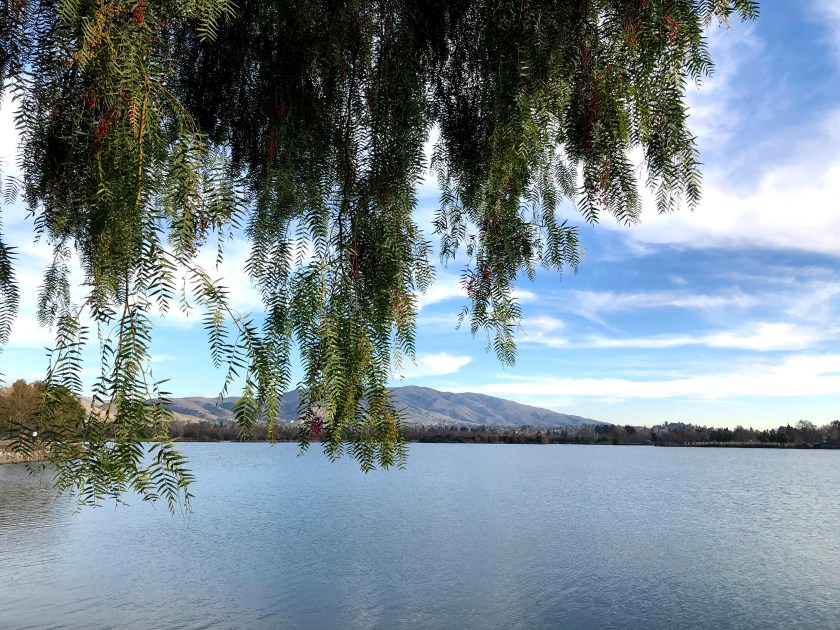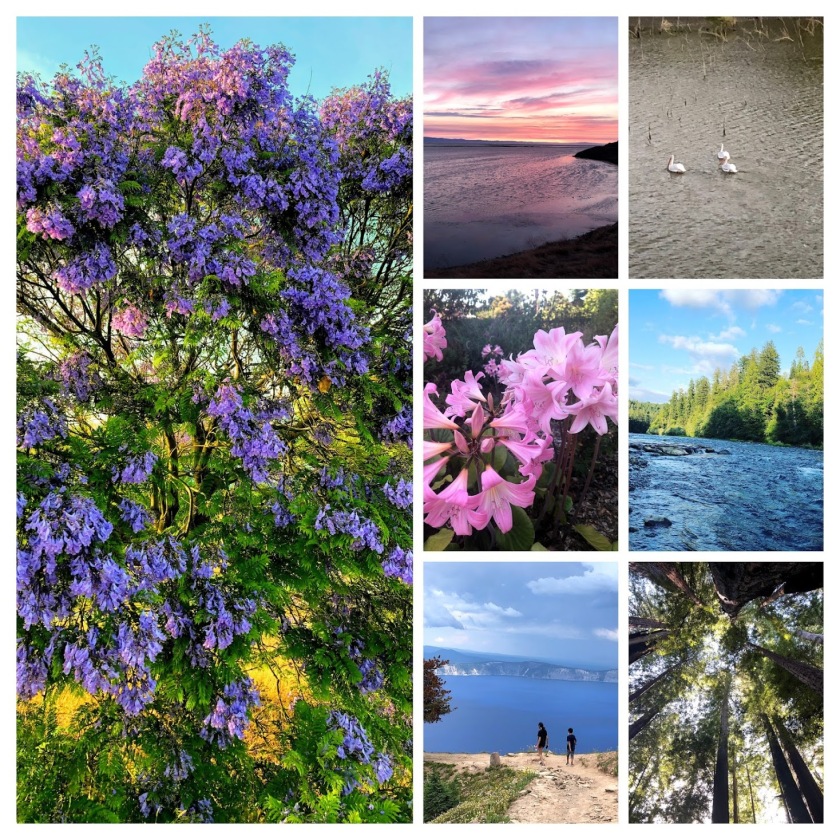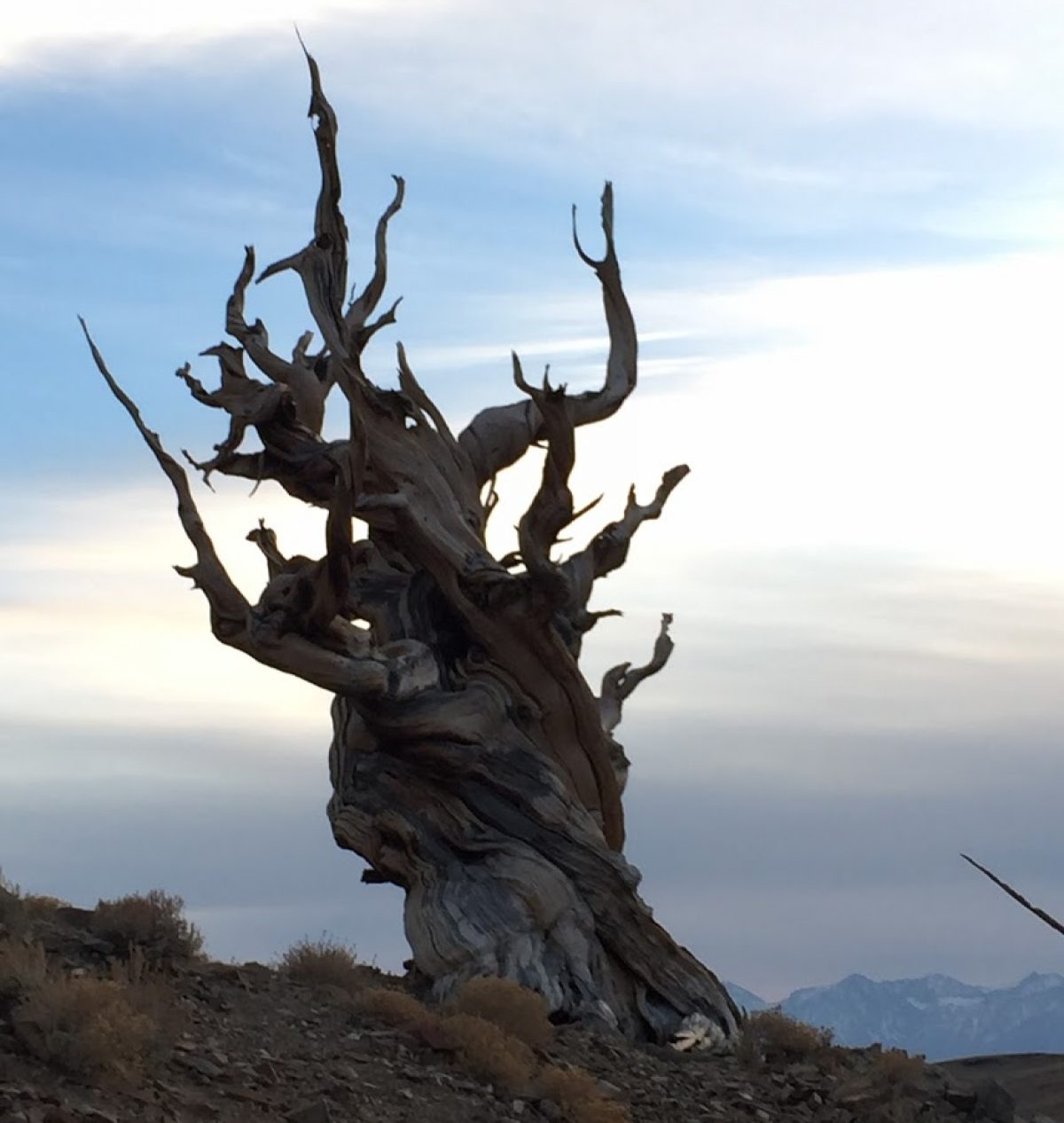The afternoon was a mild, sunny one. Quite unusual for wintry January. The grass has turned green enough, the birds were chirping, and every now and then, the son and I stopped to admire a willow tree. How different each tree looks, and yet how soothing they all are together? One doesn’t need a leap of the fanciful to liken the willows to beautiful damsels letting their hair down to dip ever so slightly into the waters below. What is remarkable is these damsels don’t seem to mind us watching.

I do not remember the first willow tree I saw, although I am sure I would have admired it long before knowing its name. These are times I feel remiss.
Why do we not make a celebration
of smelling the first sprig of lavender
and falling in love with the scent of it?
Why do we not celebrate the perfect clovers,
the first feel of moss against a damp earth
the taste of the first wild berry,
the first sniff of eucalyptus after a fresh rain,
the first time we touched a petal,
the first time we sat and watched a butterfly,
the first time we heard the name of someone who would go on to become kindred spirits
and brighten our lives forever more?
While at this, why not also celebrate
the times, we can watch a tree upside down,
The moon rise, or the sun set?
The times we spot the shape of a fluffy dog in the clouds,
the times we are mesmerized by a rainbow,
the times we can watch the world flit by with nary a worry?

Anyway, where was I before I went off on my little celebration-of-life poetic trail? Yes yes. It all comes back now: I cannot quite resist the charm of a willow tree. It’s true. There is a generosity to its form. The tree just seems to give itself. The long tresses weigh down as they reach into the waters below. When you walk along a river, you can be fairly certain that if there is one willow by the banks, nature would have given us a few more beautiful ones just further downstream. It was while reading Lab Girl, by Hope Jahren that I learnt many of these willow trees are identical genetically. Apparently, all it takes is for a branch to break off by a riverside, float down the banks, a little joyful eddy to push it near the banks, and voila: it can take root. An identical, genetically mapped tree, though it looks different on the outside – the trunks bulge differently, the branches fan out differently, but essentially the same. Hope Jahren’s lyrical writing is as beautiful as the willows themselves.
“It is easy to become besotted with a willow. The Rapunzel of the plant world, this tree appears as a graceful princess bowed down by her lush tresses, waiting on the riverbank for someone just like you to come along and keep her company.”
We walked on for some time on this beautiful day, before I plonked myself on the grass. I tugged the little fellow’s arm to sit on the grass next to me. After the initial reluctance of getting his clothes dirty, this suburban child gave in to the pleasures almost completely. There we were, lying down on the grass, the willow trees drooped into the waters nearby while winter’s afternoon sun gently glowed upon us, and the clouds drifted above.
I told him about the willow trees and how most of the ones we saw may have originated from the same one. He looked awed.
“Science has taught me that everything is more complicated than we first assume, and that being able to derive happiness from discovery is a recipe for a beautiful life. It has also convinced me that carefully writing everything down is the only real defense we have against forgetting something important that once was and is no more,”
― Hope Jahren, Lab Girl
Will he remember the first time he learnt that willow trees reproduce with just a branch flowing downstream? I hope he does, but if not, here it is written down: It was a golden day in early winter on a walk with his loving mother: when all the world was green and filled with possibility.

